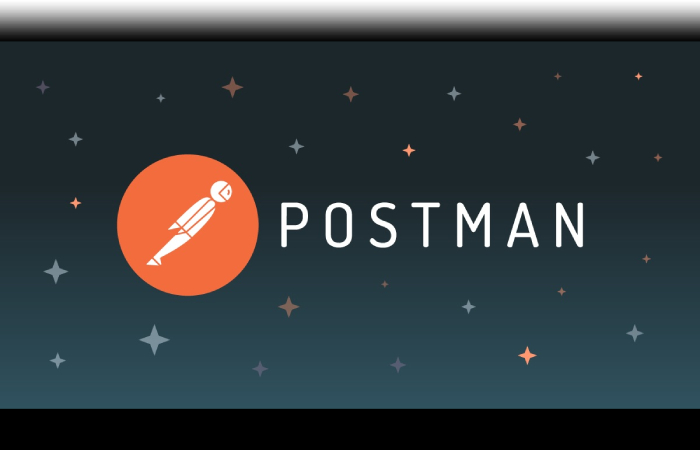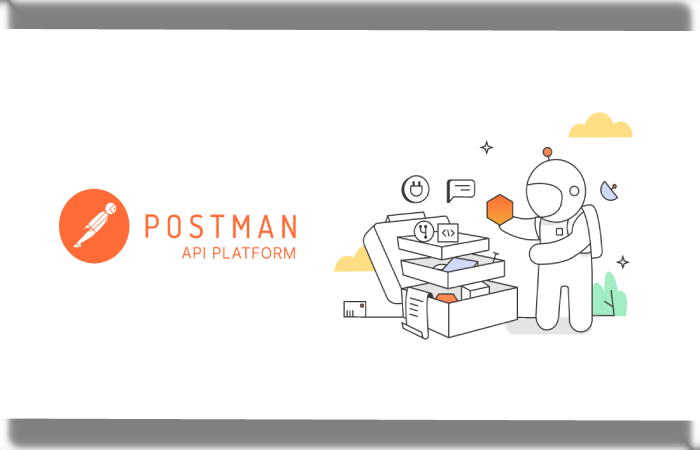Introduction

https://documenter.getpostman.com/view/23929944/2s847fuyg6 – Postman is used by 3 million developers around the world. This path will show you the basics of Postman, how to make requests, create automated API tests, and even document your API with Postman.
Postman allows you to publish documents quickly and easily. Postman automatically fetches your sample requests, headers, code snippets, etc. to fill out your documentation page with active examples and machine-readable orders so you can simply share your API with the rest of the world. According to the information on the website https://www.dhruvsoft.com/blog/using-postman-for-api-documentation/
Founder of Postman
Postman started in the year 2012 as a side project for software developer Abhinav Asthana, who wanted to streamline API testing while working at Yahoo Bangalore. It released Postman as a free app on the Chrome Web Store.
What is the Postman?

Postman is a tool for testing, developing, and modifying APIs. It also offers API monitoring and documentation. It is widely used by most companies and software product companies. We can use Postman collections to exchange them between different environments and do API assertion testing.
Why is the Postman Famous?
Postman is one of the most famous software test tools. It is used to test API. Developers can quickly create, try, share and document API with the help of this tool. Postman owes its success to its easy-to-use user interface.
Features and Pricing
Below are Postman features
- Design, develop, and test APIs
- Collaborate with your team
- Manage your API workflow in one place
There are three types of pricing plans. They recently removed the free plan that was very popular with integration developers.
Start with Documentation
Create dynamic documentation easily, fast, and constantly with Postman’s API documentation tool. Read our documents to find out how to get started!
Simplify API Development with Postman
Over 20 million users and 500,000 businesses use Postman, making Postman the more popular API development platform in the world. Easily manage your APIs with the Postman API platform. We have plans for everyone: Free, Team, Professional, and Enterprise.
API release
Publishing an API pool can be done via the Run in Postman button, which lets users to download their collection directly into their own instance of Postman.
API Monitoring
Postman API Monitoring helps you classify problems with your API, such as poor performance, response code errors, and outages. You can modify your Postman collections with tests to ensure that your APIs work as expected.
API Documentation
Postman automatically fetches your sample requests, headers, and code snippets. to complete its documentation page with dynamic examples and machine-readable instructions.
Mock Server
Postman’s mock servers identify API design and planning, support split-stack development, and help ensure your API runs the way it’s supposed to.
Debug
Debug APIs fastly and easily by adding tests to your requests and examining the responses.
Automated Tests
Postman allows you to recycle your test suites to make a CI/CD pipeline so you can test on every push. You can add your Postman instance with Travis or Jenkins to create your private CI/CD pipeline or add it to your current pipeline as a build step.
Why do We Need Postman Documentation?

It offers well-organized, structured, and beautiful documentation. Without spending a lot of design time, it can generated from the collection of APIs we use for extensive testing. It provides a secure URL for public access, and from there, users can import and run these cases directly in the Postman tool.
Business Case Let’s take an example; Your Company has asked you to create documentation and share it publicly. Also, it would be helpful if you create REST API test cases. In this post, we explain it to you step by step.
1: Create a sample collection Create a collection with the required information about your API.
2: Add Requests Add a request to the created collection and save the corresponding response.
3: Publish documents using the collection settings. After the collection is publish, you will be provided with a URL to access it.
4: Document Summary Users can set the preferred language for requests. In the documentation. You can import using the Run in Postman button.
5: Add a custom domain to the generated URL to set up a custom domain, customers need a subscription.
The API documentation provides a perfect guide to accessing the APIs. People spend a lot of time designing and updating this. Postman is one of the best solutions to generate it in a few clicks.
Conclusion
Once the management REST API collection is import into Postman and configure to connect to an ECS system, you can easily start submitting commands and viewing the results. Remember that you can also export the commands to other code formats to help create script commands.
For more information on the ECS Management REST API, see the ECS Documentation link below where you can find both the ECS Data Access Guide and the ECS REST API documentation:
